Ever wonder why your homemade pasta dishes never quite taste like the ones from your favorite Italian restaurant? The secret might be hiding in your sink. For years, I used to pour my pasta water down the drain without a second thought. It wasn’t until I learned about its magical powers that my pasta dishes transformed. Suddenly, my sauces clung perfectly to the noodles, my carbonara turned silky smooth, and my pesto-coated pasta never felt dry.
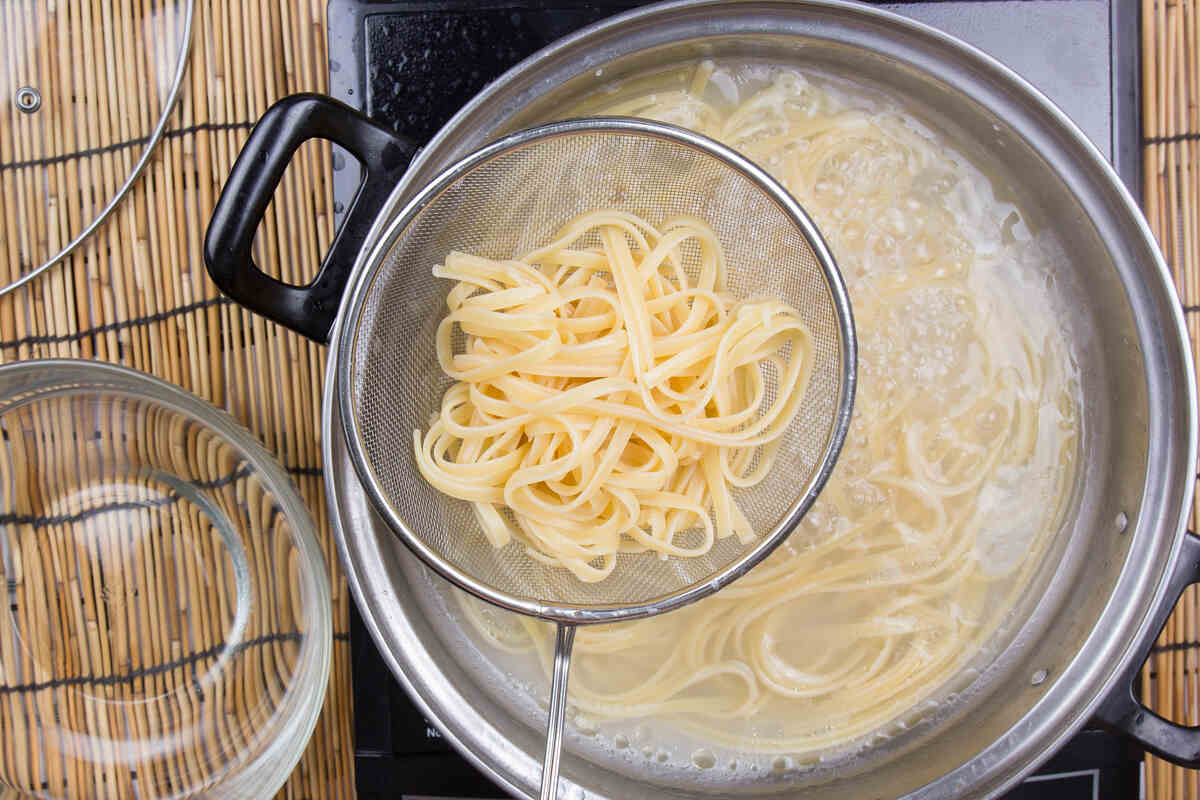
Pasta water is a game-changer in the kitchen, and I’m here to show you why it’s the secret ingredient you’ve been missing.

The Science Behind Pasta Water
What makes pasta water special? The answer lies in its composition. As pasta cooks, it releases starch into the water, turning it into a cloudy, salty, and flavorful liquid. That starch is the key to its magic.
Starch acts as a natural thickener and emulsifier. This means that instead of your sauce sliding off the noodles, it binds to them, creating a cohesive, restaurant-quality dish.
I was skeptical at first. Could a bit of cloudy water really make a difference? But once I started incorporating it into my cooking, I immediately noticed how much smoother, richer, and more cohesive my sauces became. It was like unlocking a secret that chefs had known for years.
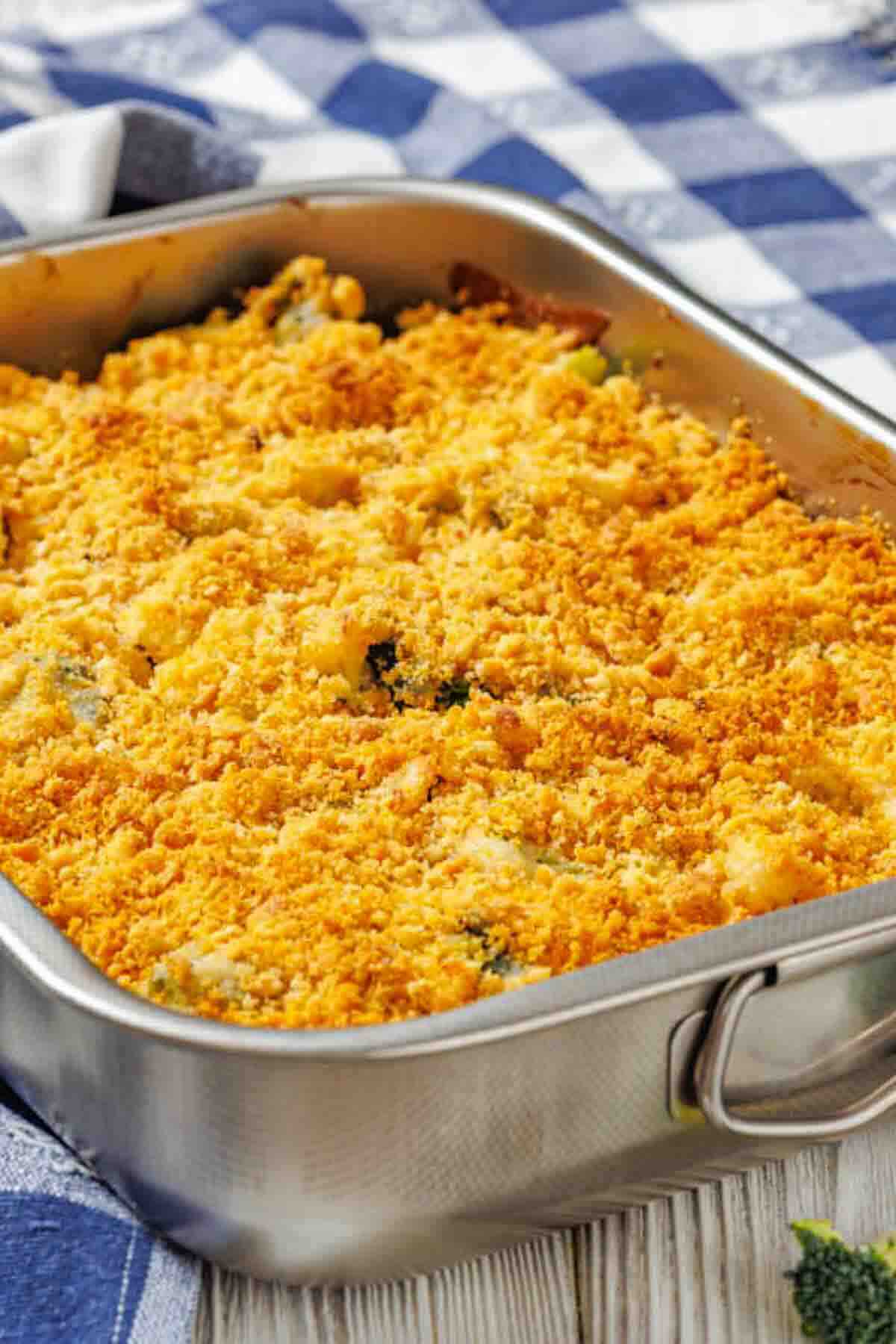
How Pasta Water Elevates Your Dishes
Pasta water isn’t just useful, it’s transformative. Here are some ways it can take your pasta dishes to the next level:
- Creamy Pasta: Adding a splash of pasta water to heavy cream sauces helps them blend seamlessly, resulting in that luxurious, restaurant-quality texture.
- Pesto: A little pasta water helps distribute pesto evenly over the pasta, preventing clumps and keeping the dish moist.
- Carbonara: The starch in the pasta water helps create that velvety, rich carbonara sauce, without needing to add extra cream.
I used to struggle with making carbonara just right. Some nights, it would turn out perfect; other times, it would be too dry or too runny. The moment I started incorporating pasta water, I finally got consistent results. Now, my carbonara is always creamy, smooth, and packed with flavor.
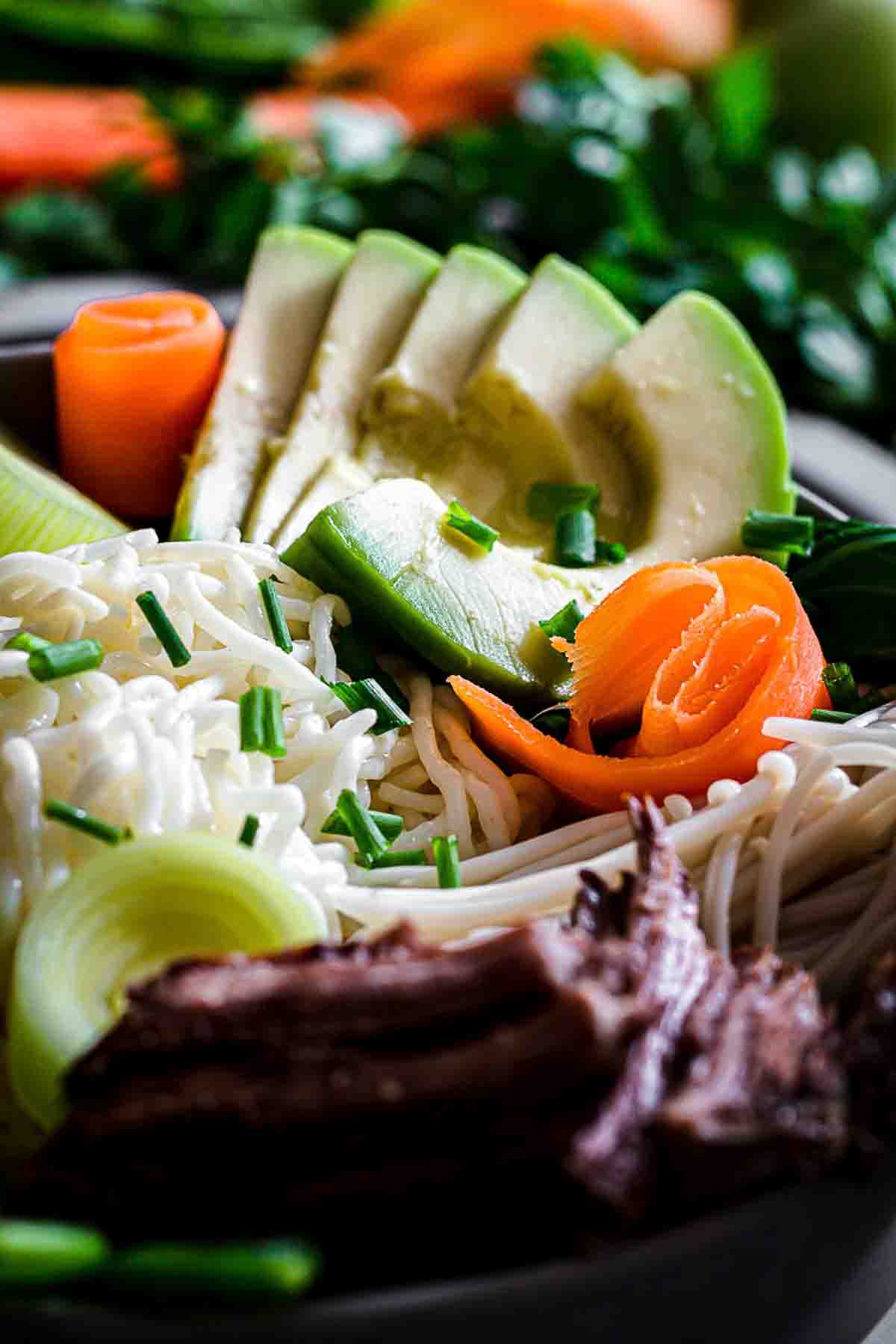
Practical Tips for Using Pasta Water
If you’re ready to start using pasta water, here are some simple but essential tips:
- How Much to Save: I usually save about 1 cup of pasta water per pound of pasta, just to be safe.
- When to Add It: Add it gradually, a few tablespoons at a time, while tossing your pasta with the sauce.
- Pro Tip: Always reserve the pasta water before draining your noodles! It’s easy to forget, so I keep a heatproof measuring cup by the stove to make it second nature.
Common Mistakes to Avoid
Even with the best intentions, it’s easy to make a few mistakes when using pasta water. Here are some to watch out for:
- Using Too Much: Adding too much pasta water can make your sauce too thin. Start with a little and adjust as needed.
- Skipping the Salt: Properly salted pasta water enhances the overall flavor of your dish. If it’s underseasoned, your pasta may taste bland.
I learned the hard way when I once added way too much pasta water to a dish. Instead of a creamy sauce, I ended up with a soupy mess. Lesson learned!
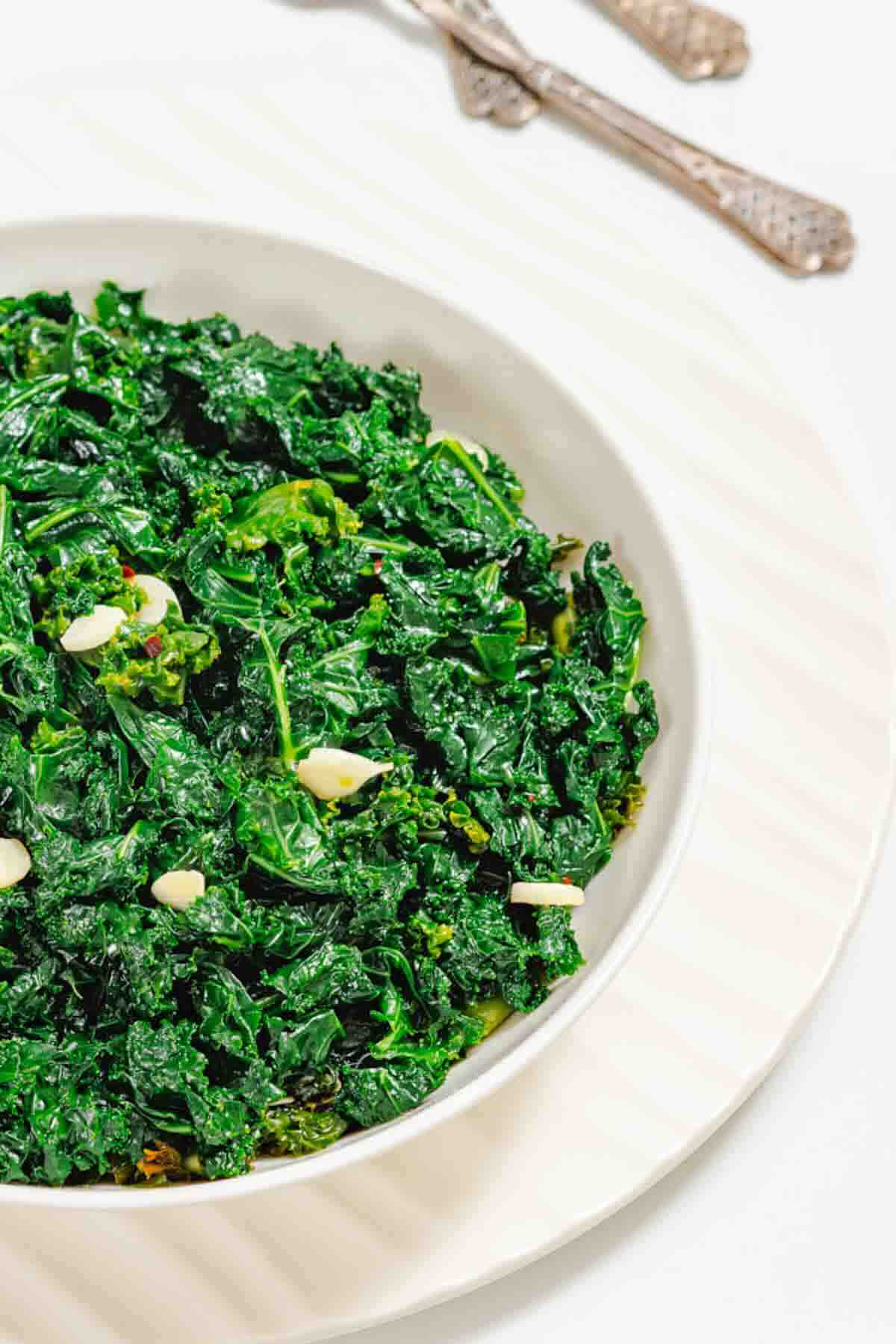
Final Thoughts
Pasta water is a simple, free, and incredibly effective way to elevate your cooking. Next time you’re making pasta, don’t let that starchy gold go down the drain. Save it, use it, and taste the difference for yourself. I can’t imagine cooking pasta without it now, and I hope it becomes a staple in your kitchen too!
Pin and Come Back Anytime
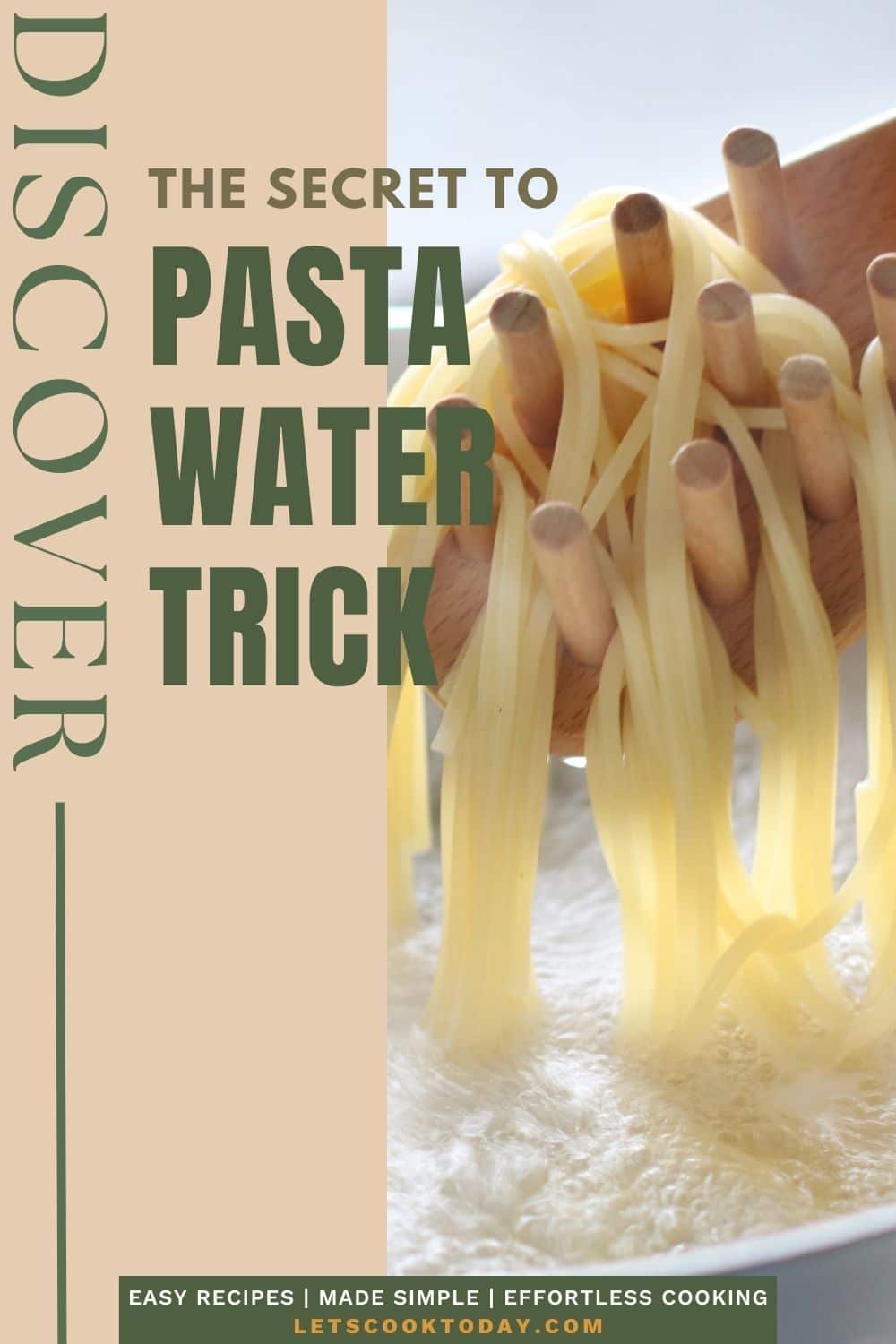
Need Support or have Questions? Join us on Facebook.
Follow us on Pinterest, Instagram, TikTok, Flipboard, or YouTube.
For weekly New Recipes and a FREE E-Book get into our NEWSLETTER.